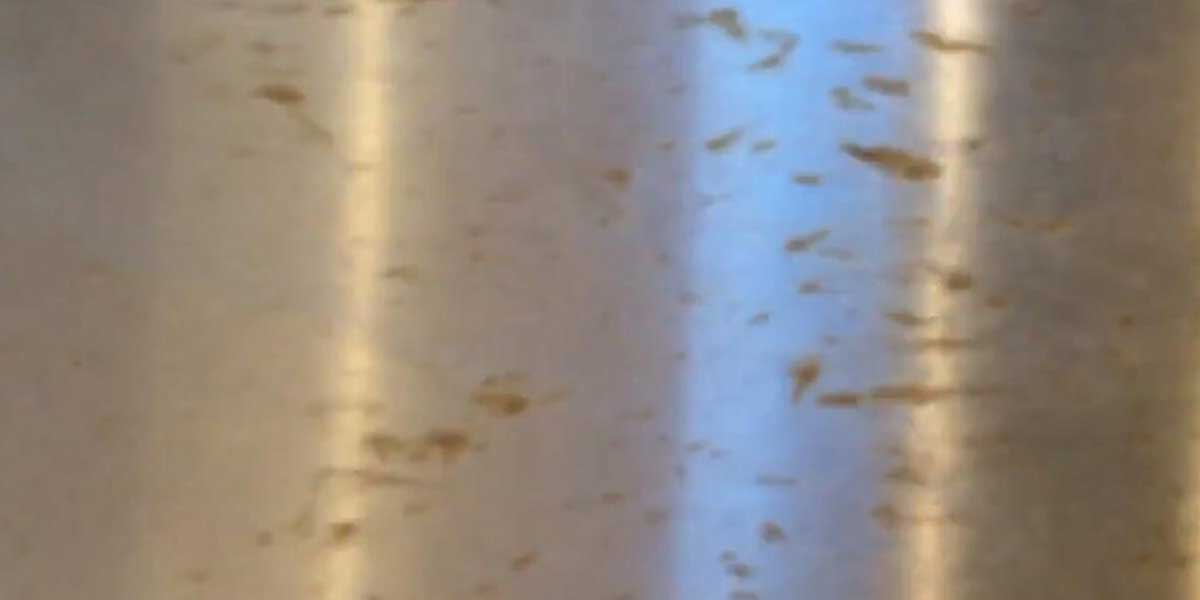

For this reason, 304 SS products are more popular among consumers. When made into fasteners, the 304 SS tends to be more affordable. See all Roofing Fasteners & AccessoriesĪnother difference between the 304 and 316 is the cost of the material.The minimal 10.5% chromium in stainless steels provides resistance to roughly 700 ☌ (1,300 ☏), whereas sixteen% chromium offers resistance as much as roughly 1,200 ☌ (2,200 ☏). Grade 304 is one other marine grade stainless-steel, though it has much less molybdenum than grade 316 making it a much less fascinating alternative in chlorine-wealthy environments. It has extra molybdenum than different austenitic stainless steels which helps it to resist pitting and other corrosive results of salt water. Grade 316 is probably the commonest grade of chrome steel used in marine functions. chilly rolled stainless-steel sheetĪll grades of stainless steel have some degree of corrosion resistance, however, there are a number of grades of chrome steel which are much more appropriate to be used in marine environments than others. Bleach will stain and damage stainless steel. Abrasive cleaners will scratch the surface and should always be avoided. They will scratch the surface of your stainless steel and make it more susceptible to rusting and staining. Applications embody a range of circumstances including plumbing, potable water and wastewater remedy, desalination, and brine treatment.
#Does 316 stainless steel rust software#
Stainless steels have a protracted history of software in touch with water due to their glorious corrosion resistance. Stainless steel differs from carbon steel by the quantity of chromium content in the metal. Stainless steel resists corrosion, maintains its strength at high temperatures, looks good, and is well maintained. On the other hand, ferritic or martensitic stainless steels could also be susceptible to rust as a result of they include much less chromium.Īll four elements work together to make chrome steel the metallic of alternative for a variety of purposes in harsh marine environments, particularly saltwater. This layer may be very corrosion resistant which prevents rust formation and protects the underlying metallic. Grade 316 has particularly better resistance to salt and chloride pitting. It has more molybdenum than other austenitic stainless steels which helps it to resist pitting and different corrosive results of salt water.All grades of stainless steel have a point of corrosion resistance, nonetheless, there are a number of grades of stainless steel which are far more suitable for use in marine environments than others.

Grade 316 might be the most typical grade of stainless steel used in marine applications.The chromium combines with the oxygen before the iron is ready to which forms a chromium oxide layer. martensitic and austenitic stainless steelĪustenitic stainless steels such as 304 or 316 have excessive amounts of nickel and chromium.

Both steels are durable and provide excellent resistance to corrosion and rust. The two steel grades are comparable in appearance, chemical makeup and characteristics. Stainless 316 is made up of 16% chromium, 10% nickel and 2% molybdenum. Standard�� ASTM,AISI,SUS,JIS,EN,DIN,GB,ASME,ETC Salt will even compromise the protecting oxide layer of grade 304 stainless-steel, leading to rust. Besides the tough environment of the sea and marine purposes, chlorides, corresponding to salt, can eat away at even the hardest metals. Smooth surface finish that can be easily cleanĬhloride resistant metals, like grade 16 stainless-steel, are essential to make use of for naval functions or something concerned with chloride. High workability, including machining, stamping, fabricating and welding We have thousands tons stock of stainless steel sheet and coil with various size and grade,mainly include austenitic stainless steel, martens stainless steel (including precipitation hardened stainless steel sheet & coil), ferritic stainless steel, and duplex stainless steel.Ĭharacteristics of Stainless Steel Sheet and Plate:


 0 kommentar(er)
0 kommentar(er)
